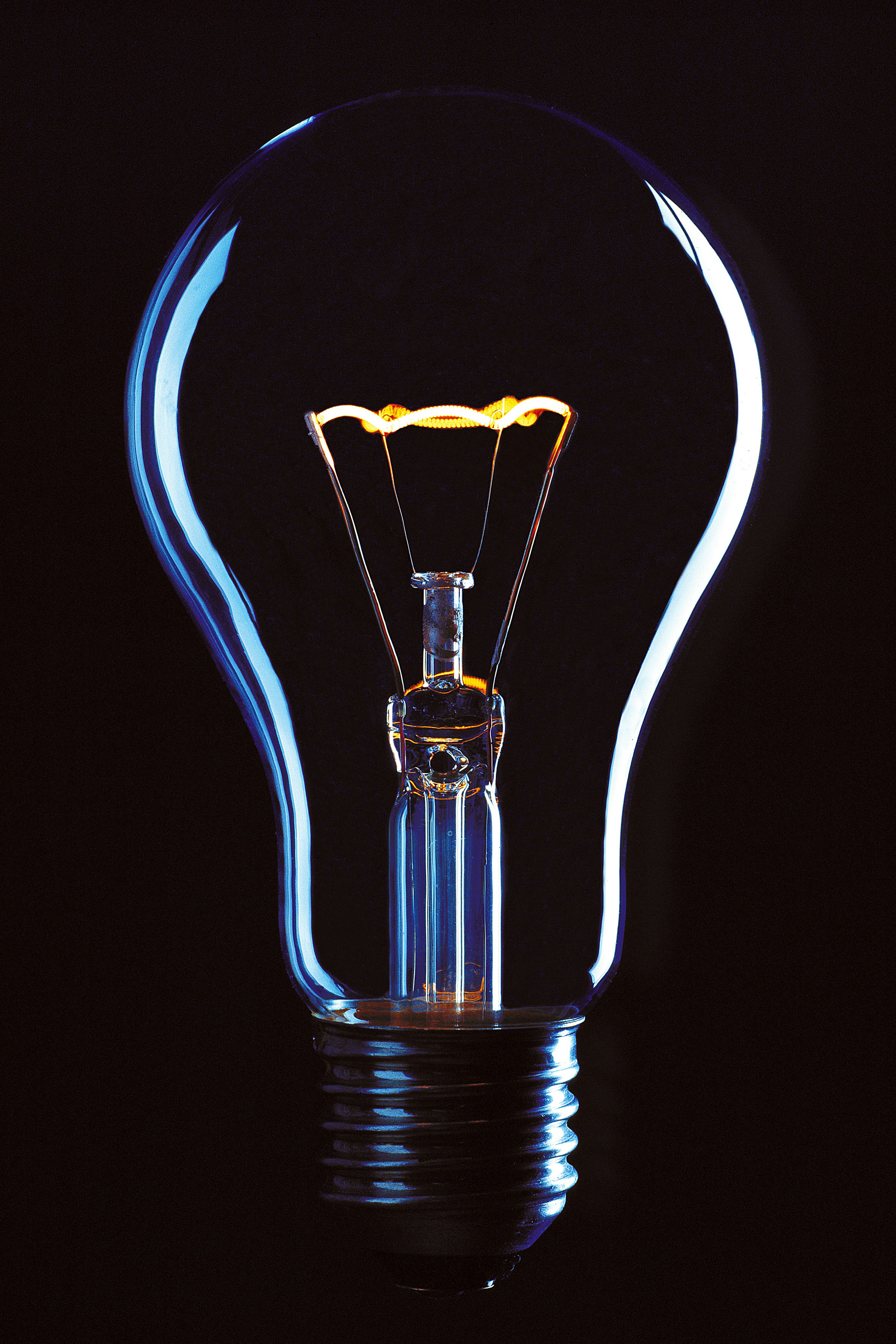
How Does the Endoscope Light Guide Work?
How Does the Endoscope Light Guide Work?
Introduction to the Endoscope Light Guide
Are you curious about the fascinating world of medical technology? Dive into the enlightening realm of endoscope light guides with us! In this blog post, we will unravel the mysteries behind how these tiny yet powerful components play a crucial role in modern healthcare procedures. Join us on a journey to explore the inner workings and benefits of endoscope light guides, shedding light on their pivotal role in enhancing medical diagnostics and treatments. Let’s illuminate our understanding together!
Components and Parts of the Endoscope Light Guide
The endoscope light guide is a crucial component in medical procedures that require precise illumination. It consists of several key parts that work together seamlessly to provide optimal lighting for clear visualization during examinations and surgeries.
At the core of the endoscope light guide is endoscope light guide the fiber optic bundle, which transmits light from the external source to the tip of the endoscope. This bundle is typically made up of numerous small glass fibers that are bundled together.
The proximal end of the light guide connects to a light source, such as an LED or xenon lamp, which provides the necessary brightness for illuminating internal organs or cavities. The distal end, on the other hand, emits this light through a lens system located at the tip of the endoscope.
In addition to these main components, there are also protective sheaths and connectors that ensure proper functioning and durability of the light guide. These parts are essential for maintaining reliability and longevity in medical settings where precision is paramount.
How Does the Light Guide Work?
Let’s delve into the fascinating workings of the endoscope light guide. This essential component plays a crucial role in transmitting light from the source to illuminate the area being examined during medical procedures.
The endoscope light guide typically consists of fiber optic bundles encased within a flexible tube. These fibers are specially designed to efficiently transmit light without loss or distortion, ensuring clear visibility for healthcare professionals.
When activated, the light source at one end of the guide emits intense illumination that travels through the fiber optic bundles. The guided light then exits through the tip of the endoscope, providing optimal lighting conditions for accurate diagnosis and treatment.
Through this intricate process, healthcare providers can visualize internal organs and tissues with precision, aiding in various diagnostic and therapeutic interventions. The seamless function of the light guide enhances procedural efficiency while maintaining patient safety.
Innovations in endoscope technology continue to refine how these devices operate, further improving visualization capabilities and patient outcomes.
Advantages of Using an Endoscope Light Guide

When it comes to medical procedures that require precision and accuracy, the endoscope light guide plays a crucial role in ensuring optimal visibility. One of the key advantages of using an endoscope light guide is its ability to provide bright and focused illumination directly at the target area. This enhanced visibility allows healthcare professionals to perform intricate procedures with greater ease bending rubber endoscope and efficiency.
Moreover, the use of an endoscope light guide helps reduce shadows and glare during examinations or surgeries, resulting in clearer images for improved diagnosis and treatment planning. By delivering consistent lighting throughout the procedure, it enhances overall procedural outcomes while minimizing potential risks or errors.
Another advantage of utilizing an endoscope light guide is its flexibility and compatibility with various types of endoscopes, making it a versatile tool across different medical specialties. Additionally, these light guides are designed to be durable and long-lasting, offering cost-effective solutions for healthcare facilities.
The advantages of incorporating an endoscope light guide into medical practices are undeniable – from enhancing visualization during procedures to improving patient care outcomes.
Common Uses of Endoscope Light Guides in Medical Procedures
Endoscope light guides play a vital role in various medical procedures, enabling healthcare professionals to visualize internal organs and tissues with precision. One common use of endoscope light guides is in gastrointestinal endoscopy, where they help illuminate the digestive tract for accurate diagnosis and treatment.
In surgical procedures, endoscope light guides are used to provide clear visibility inside the body cavity, allowing surgeons to perform minimally invasive surgeries with enhanced accuracy. These devices are also utilized in urology for examining the bladder and urinary tract, aiding in early detection of abnormalities or diseases.
Furthermore, endoscope light guides find applications in gynecology for visualizing the reproductive organs during procedures like hysteroscopy or laparoscopy. Their flexibility and brightness ensure optimal illumination even in hard-to-reach areas within the body.
The versatility and reliability of endoscope light guides make them indispensable tools across various medical specialties, improving patient outcomes through advanced visualization capabilities.
Maintenance and Cleaning Tips for Endoscope Light Guides

Maintenance and cleaning of endoscope light guides are crucial to ensure optimal performance during medical procedures. Proper care can extend the lifespan of the device and enhance its functionality.
After each use, it is essential to carefully detach the light guide from the endoscope for cleaning. Use a mild detergent solution or enzymatic cleaner to gently remove any debris or residue that may have accumulated.
Avoid using harsh chemicals or abrasive materials that could damage the delicate components of the light guide. Instead, opt for soft brushes or lint-free cloths to wipe down the surface thoroughly.
Regularly inspect the light guide for any signs of wear and tear, such as cracks or discoloration. Promptly address any issues by contacting a professional technician for repairs or replacement.
Store the endoscope light guide in a clean, dry environment away from direct sunlight or extreme temperatures. Proper storage conditions can help prevent contamination and preserve its integrity for future use.
Future Developments in Endoscope Technology
As technology continues to advance at a rapid pace, the future of endoscope technology looks promising. One exciting development on the horizon is the integration of artificial intelligence (AI) algorithms into endoscopes, which could enhance image processing and diagnostic capabilities. Imagine endoscopes that can analyze images in real-time and provide instant feedback to medical professionals.
Furthermore, miniaturization of endoscope components may lead to even smaller and more flexible devices for less invasive procedures. Researchers are also exploring the potential use of advanced imaging techniques such as augmented reality (AR) and virtual reality (VR) for improved visualization during procedures.
In addition, there is ongoing research into incorporating wireless technologies into endoscopes, allowing for greater mobility and ease of use. These developments have the potential to revolutionize how medical professionals conduct diagnostic procedures and treat patients in the years to come. The future holds many exciting possibilities for endoscope technology advancements!
Conclusion
The endoscope light guide plays a crucial role in modern medical procedures, providing illumination for clear and accurate imaging during endoscopic examinations. With its efficient design and advanced technology, the light guide enhances visualization, leading to better diagnostic accuracy and improved patient outcomes. As technology continues to advance, we can expect further developments in endoscope technology that will further enhance the effectiveness and efficiency of endoscope light guides in medical practices worldwide.


